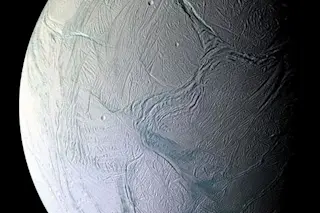At first sight, Venus seems an unlikely candidate for life. The temperature at the surface is 475 degrees Centigrade, hot enough to melt lead. The pressure is 90 times higher than on Earth. And the atmosphere is filled with sulfuric acid. Earth-like, it ain’t.
An yet conditions in the atmosphere some 60 kilometers above ground are more hospitable. Here the temperature and pressure are much closer to Earth’s. Indeed, astronomers and space scientists have long gathered evidence that something strange is occurring in this region of the Venusian atmosphere.
This evidence consists of various chemical signatures that shouldn’t be there or are almost impossible to explain with conventional chemistry. The question this raises is whether these signals are evidence of Venusian life.
Now a privately funded mission to find the origin of these signatures is planned for launch in May 2023. The MIT-led team behind the plan—called the Venus Life ...














